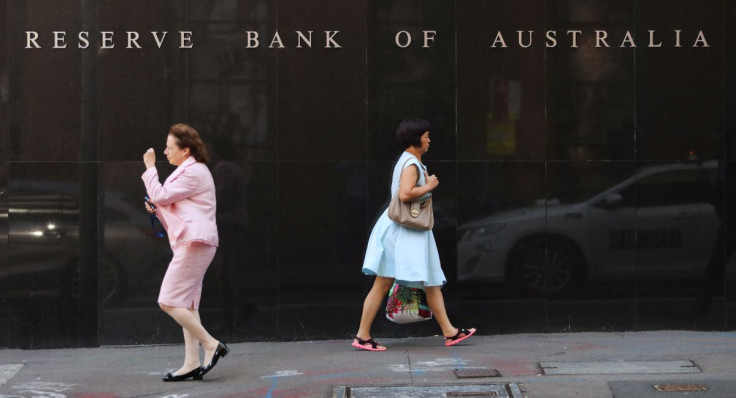Australia's Central Bank Flags More Rate Rises, 75 Bp Moves Unlikely

Australia's top central banker on Tuesday flagged a lot more policy tightening ahead as rates were still "very low" and it was important that higher inflation did not feed into public expectations and wage claims.
Yet, Reserve Bank of Australia (RBA) Governor Philip Lowe also played down the chance of rates being increased by a super-sized 75 basis points and took issue with market pricing of rates reaching as high as 4% by year end.
Lowe warned price pressures continued to build both globally and domestically and inflation was now seen reaching 7% by the end of the year, up from a previous forecast of 6%.
That would be the highest pace in decades and far above the RBA's long-term target band of 2-3%.
"As we chart our way back to 2 to 3% inflation, Australians should be prepared for more interest rate increases," warned Lowe in a speech. "The level of interest rates is still very low for an economy with low unemployment and that is experiencing high inflation."
The official cash rate is currently at 0.85% having been lifted by 50 basis points earlier this month following an initial quarter-point hike in May.
Minutes of its June meeting out on Tuesday, showed the central bank's board discussed raising the cash rate by either 25 basis points or 50 basis points and chose the latter because policy needed to be "normalised" to head off inflation.
Since then, the U.S. Federal Reserve has hiked by 75 basis points fuelling speculation the RBA might match it.
"At the moment, the decision we will take is either 25 or 50 again at the next meeting," Lowe said when questioned on it.
He also noted that matching market wagers of 4% by year end would require the sharpest tightening cycle in modern RBA history and would badly hit consumer spending.
"I think it would slow the economy a lot," Lowe said. "I don't think it is particularly likely."
Investors responded by pricing out the chance of a hike of 75 basis points in July and trimming projections for the end of the year, though rates are still seen at 3.5%.
Lowe emphasised the RBA would be watching how household spending responded to rising borrowing costs given real wages were falling and house prices were easing from their highs.
Still, he said it was important that inflation expectations remain anchored around 2-3% and that higher prices now did not feed through to expectations of rising inflation in the future.
"Higher interest rates have a role to play here, by helping ensure that spending grows broadly in line with the economy's capacity to produce goods and services," said Lowe.
© Copyright Thomson Reuters 2024. All rights reserved.




















